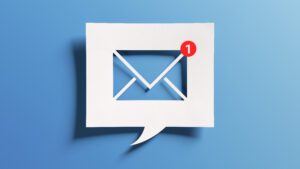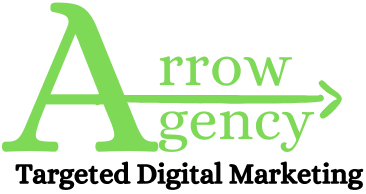The ABC’s of Email Marketing: A Guide to Success

There are many avenues for marketing your business and growing a loyal client base. Email marketing is a dynamic and multifaceted discipline that yields a ROI that is 2X higher than cold calls, networking or trade shows (Marketing Sherpa). And because you can automate this task, it has great potential for helping you to scale your efforts. You can create email marketing campaigns that target your ideal audience, engage and convert them with a basic understanding of best practices and fundamentals. This post will look at what an effective email campaign is comprised of and what is needed to make it a success.
1.Building and Growing Your Email List
Start with Consent

The foundation of any successful email marketing strategy is a robust email list. However, quality trumps quantity. It’s essential to ensure that everyone on your list has given explicit consent to receive emails from you. This not only complies with regulations like GDPR and CAN-SPAM but also ensures your audience is genuinely interested in your content.
Strategies for List Building
- Website Sign-Up Forms: Place sign-up forms on high-traffic areas of your website, such as the homepage, blog, and contact page.
- Lead Magnets: Offer valuable content like eBooks, whitepapers, or discount codes in exchange for email addresses.
- Social Media Promotion: Use your social media channels to promote your email list, offering followers a reason to subscribe.
- In-Person Events: Collect email addresses at trade shows, conferences, and other events.
2. Crafting Compelling Content
Know Your Audience
Understanding your audience is key to creating content that resonates. Segment your email list based on demographics, past behavior, and preferences to tailor your messages accordingly.
The Anatomy of a Great Email
- Subject Line: This is your first impression. Make it concise, intriguing, and relevant.
- Preheader Text: This is the text that appears next to or below the subject line in the inbox. Use it to provide a sneak peek into the email’s content.
- Body Content: Keep your emails focused and concise. Use engaging visuals, compelling copy, and clear calls-to-action (CTAs).
- Personalization: Use your subscriber’s name and tailor content based on their preferences and behavior.
Footer: Include your contact information, an unsubscribe link, and links to your social media profiles.
3. Design and Deliverability

Email Design Best Practices
- Responsive Design: Ensure your emails look great on all devices, especially mobile.
- Consistent Branding: Use your brand’s colors, fonts, and logo to reinforce your identity.
- Readability: Use short paragraphs, bullet points, and plenty of white space to make your emails easy to read.
Ensuring Deliverability
- Use a Reputable Email Service Provider (ESP): Choose an ESP that prioritizes deliverability and provides tools to monitor your email performance.
- Authenticate Your Emails: Use SPF, DKIM, and DMARC to authenticate your emails and improve your chances of reaching the inbox.
Avoid Spam Triggers: Stay clear of spammy language and excessive use of exclamation marks and all caps.
4. Automation and Segmentation
Automation
Email automation allows you to send the right message at the right time, without manual intervention. Common automated emails include:
- Welcome Series: Onboard new subscribers with a series of emails that introduce your brand and set expectations.
- Abandoned Cart Emails: Remind customers who left items in their cart to complete their purchase.
- Re-engagement Campaigns: Target inactive subscribers with special offers or content to bring them back.
Segmentation

Segmenting your email list allows you to send more targeted and relevant emails. Common segmentation criteria include:
- Demographics: Age, gender, location, etc.
- Behavior: Past purchases, email engagement, website activity.
Preferences: Interests, preferred content types, frequency of emails.
5. Analyzing and Optimizing
Key Metrics to Track
- Open Rate: The percentage of recipients who open your email.
- Click-Through Rate (CTR): The percentage of recipients who click on a link within your email.
- Conversion Rate: The percentage of recipients who complete a desired action, such as making a purchase.
- Bounce Rate: The percentage of emails that couldn’t be delivered.
- Unsubscribe Rate: The percentage of recipients who opt out of your emails.
Continuous Improvement

- A/B Testing: Test different subject lines, content, designs, and send times to see what resonates best with your audience.
- Feedback Loop: Encourage subscribers to provide feedback and use it to improve your email content and strategy.
- Regular Review: Analyze your email performance regularly and make data-driven decisions to optimize your campaigns.
Conclusion
Email marketing is a dynamic and multifaceted discipline that requires attention to detail, a deep understanding of your audience, and a commitment to continuous improvement. By building a quality email list, crafting compelling content, ensuring deliverability, leveraging automation and segmentation, and constantly analyzing your results, you can create email marketing campaigns that not only reach your audience but engage and convert them. Arrow Agency has experts that can manage email campaigns for you. Start implementing these fundamentals today, and watch your email marketing efforts soar.
